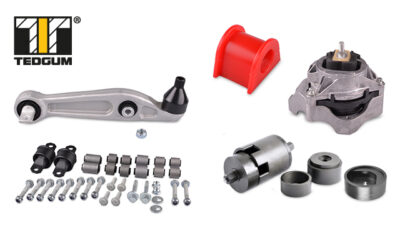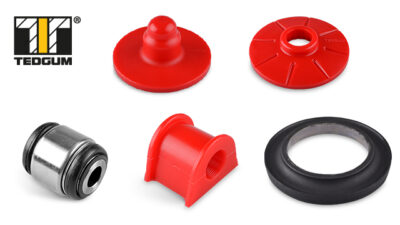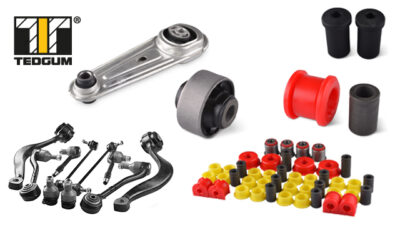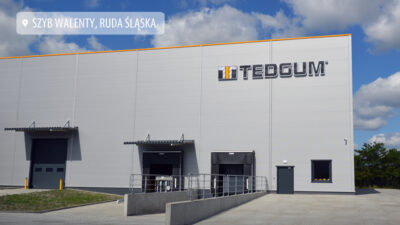Am 16. März ist der Internationale Panda-Tag. Diese schönen Tiere sind seit Mitte des 20. Jahrhunderts vom Aussterben bedroht. Wir sind keine Experten für Tierpandas, daher empfehlen wir Interessierten, die WWF-Website für weitere Informationen zu besuchen.
As automotive fans, we couldn’t resist taAls Autofans konnten wir nicht widerstehen, die Gelegenheit zu nutzen und Fiat Panda zu erwähnen, der seit über 40 Jahren in der Automobilwelt präsent ist.
Fiat Panda ist ein äußerst beliebtes Fahrzeug auf den europäischen Straßen. Kompakte Größe, geringer Kraftstoffverbrauch sind nur der erste von vielen Vorteilen. Die unkomplizierte Konstruktion, die zu einer ordentlichen Zuverlässigkeit führt, macht dieses Auto bei Familien beliebt. Viele Leute denken, dass der in der folgenden Grafik vorgestellte Fiat Panda die erste Generation dieses Modells war. Alles begann jedoch lange bevor diese Generation eingeführt wurde.

Wie hat es angefangen?
Panda was first sPanda wurde im März 1980 erstmals der Welt gezeigt. Obwohl die erste Generation keine sehr raffinierten Formen hatte, stand der Giorgietto Giugiaro selbst hinter dem Design. Alfa Romeo Brera, DeLorean DMC-12 und ein Design vieler Nikon-Kameras kamen aus seiner Hand.
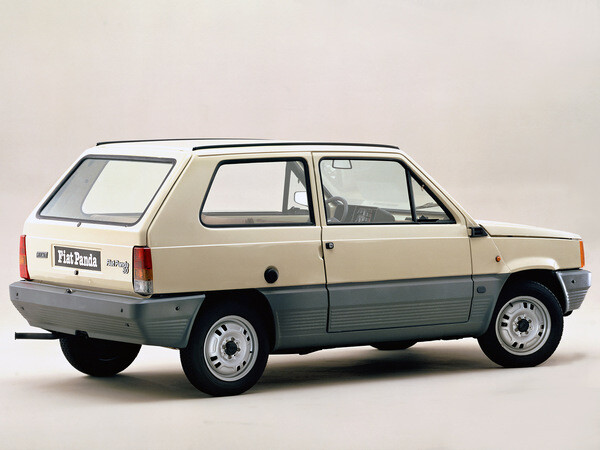
Die 1. Generation des Fiat Panda hatte zwei Aufgaben zu erfüllen, die er problemlos erfüllte. Das Auto sollte so einfach und so günstig wie möglich sein. Das waren auch die Markterwartungen, die das Auto voll erfüllte. 150.000 Autos wurden jährlich produziert. Drei Jahre nach der Premiere erhielt Panda sein spanisches Pendant. Seat Marbella debütierte auf dem Markt, das technisch das gleiche Fahrzeug war.
Trotz seiner Einfachheit war das Auto ein Vorläufer einiger Lösungen in seiner Klasse. Es war das erste Stadtfahrzeug, das mit einem Dieselmotor gekauft werden konnte. Es stimmte nicht – es war ein Saugmotor mit einem Hubraum von 1300 cm3 und 36 PS -, aber er sorgte für einen wirklich niedrigen Kraftstoffverbrauch.
Panda und 4WD
The introduction of the all-wheel drive version was also a peculiar break in the new routes. Panda 4×4 debuted in 1983 in response to the needs of the agricultural segment. The drive for the vehicle was provided by the Steyr-Daimler-PucDie Einführung der Allradversion war auch ein eigenartiger Bruch in den neuen Routen. Panda 4×4 debütierte 1983 als Reaktion auf die Bedürfnisse des Agrarsegments. Den Antrieb für das Fahrzeug lieferte die Marke Steyr-Daimler-Puch, die auch für die Mercedes G-Klasse verantwortlich ist. Die 4×4-Version konnte auch mit der Version mit Automatikgetriebe (CVT) erworben werden.
Zweite Generation des Fiat Panda
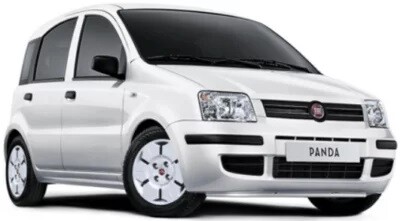
Nach über 20 Jahren Produktionszeit ist es an der Zeit, die neue Version vorzustellen. Interessanterweise sollte der Nachfolger ursprünglich Gingo heißen, aber aufgrund von Protesten von Renault (der Twingo produziert) wurde diese Idee aufgegeben. Das erste Exemplar lief 2003 in Polen vom Band. Ein Jahr später wurde das Fahrzeug zum Auto des Jahres gekürt.
Die zweite Generation konnte auch als Vorgänger mit dem 4WD erworben werden. Diese Version wurde Panda Cross genannt. Es erschien auch in einer limitierten Auflage namens Monster, von der nur 695 Autos produziert wurden. 695 ist auch der Hubraum des Ducati Monster Motorradmotors, auf den er sich bezieht. Eine weitere sehr interessante Version war 100HP, eine Sportvariante mit 100 PS. Neben der gesteigerten Leistung verfügt das Auto über eine modifizierte Federung und Lenkung. Die nächsten Änderungen finden sich im Inneren – Schalensitze und ein “Sport”-Knopf, der das Motorkennfeld ändert. Dieses Auto konnte in etwa 9,5 s 100 km/h erreichen.
Die dritte Generation von Fiat Panda
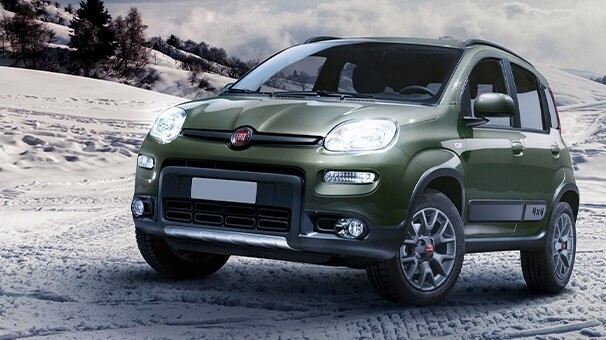
Die dritte Generation wurde 2011 auf der Frankfurter Messe präsentiert. Das Fahrzeug nutzt die gleiche Plattform wie Lancia Ypsilon und Fiat 500 und 500L. Die 4WD-Variante hat bereits Tradition und ist auch in dieser Generation erhältlich. Der dritte Fiat Panda wird nicht mehr in Polen produziert und ist in seine Heimat Italien zurückgekehrt. Die Abmessungen des Fahrzeugs sind im Vergleich zum Vorgänger gewachsen, jedoch nur in moderatem Umfang. Es ist immer noch ein kleines Stadtauto.
So far, Bisher wurden mehr als 6 Millionen Fiat Panda produziert, und die Nachfrage nach diesem Stadtauto nimmt nicht ab. Die Popularität neuerer Generationen ist darauf zurückzuführen, dass die Annahmen der Originalversion beibehalten wurden. Dies sind der niedrige Preis, die nicht komplizierte Konstruktion und die vollständige Verwirklichung
Benötigen Sie Teile für Fiat Panda?
Wir laden Sie ein, unseren kostenlosen Online-Katalog zu besuchen, in dem Sie Teile für alle diese Fiat Panda-Modelle finden, die in klaren Aufhängungsdiagrammen dargestellt sind. TEDGUM CATALOG – FIAT PANDA.
March 16th is the International Panda Day. These beautiful animals have been on the verge of extinction since the mid-20th century. We are not experts on animal Pandas, therefore we encourage those interested to visit the WWF website for more information.
As automotive fans, we couldn’t resist taking the opportunity and mention of Fiat Panda, which has been present in the automotive world for over 40 years.
Fiat Panda is an extremely popular vehicle on the European roads. Compact size, low fuel consumption are just the first of many advantages. The uncomplicated construction resulting in a decent reliability makes this car is popular among families. Many people think that the Fiat Panda presented in the graphic below was the first generation of this model. However, everything started way before this generation was introduced.

How did it start?
Panda was first shown to the world in March in 1980. Although the first generation did not have very sophisticated shapes, the Giorgietto Giugiaro himself was behind the design. Alfa Romeo Brera, DeLorean DMC-12 and a design of many Nikon cameras came out of his hand.

The 1st generation of Fiat Panda had two tasks to implement, which it fulfilled without any problems. The car was to be as simple and as cheap as possible. These were also the market expectations that the car fully met. 150,000 cars were produced annually. Three years after the premiere, Panda received its Spanish equivalent. Seat Marbella debuted on the market, which was technically the same vehicle.
Despite its simplicity, the car was a precursor to some solutions in its class. It was the first city vehicle that could be purchased with a diesel engine. It wasn’t true – it was a naturally aspirated unit with a capacity of 1300 cm3 and 36 horsepower – but it provided really low fuel consumption.
Panda and 4WD
The introduction of the all-wheel drive version was also a peculiar break in the new routes. Panda 4×4 debuted in 1983 in response to the needs of the agricultural segment. The drive for the vehicle was provided by the Steyr-Daimler-Puch brand – the same that is responsible for the Mercedes G-Class. The 4×4 version could also be purchased with the automatic transmission (CVT) version.
Second generation of Fiat Panda

After over 20 years of production, a time has come to present the new version. Interestingly, the successor was initially supposed to be called Gingo, but as a result of protests from Renault (producing Twingo) this idea was abandoned. The first copy rolled off the assembly line in Poland in 2003. A year later the vehicle was awarded the title of Car of the Year.
The second generation could also be purchased as its predecessor with the 4WD. This version was named Panda Cross. It also appeared in a limited edition named Monster, which only 695 cars were produced. 695 is also the capacity of the Ducati Monster motorcycle engine, to which it refers. Another very interesting version was 100HP, a sports variant with 100 horsepower. In addition to the increased power, the car has a modified suspension and steering system. The next changes can be found inside – bucket seats and a “sport” button changing the engine map. This car could achieve 100 km/h in about 9.5s.
3rd generation of Fiat Panda

The third generation was presented at the Frankfurt fair in 2011. The vehicle uses the same platform as Lancia Ypsilon and Fiat 500 and 500L. The 4WD variant is already a tradition and is also available in this generation. The third Fiat Panda is no longer produced in Poland and has returned to Italy – its homeland. The vehicle’s dimensions have increased compared to its predecessor, but only to a moderate extent. It is still a small city car.
So far, more than 6 million Fiat Panda cars have been produced, and the demand for this city car is not decreasing. The popularity of newer generations is due to maintaining the assumptions adopted from the original version. These are the low price, not complicated construction and fully realizing the role of being a small, functional city car.
Do you need parts for Fiat Panda?
We invite you to visit our free online catalog where you can find parts for all of these Fiat Panda models, presented on clear suspension diagrams. TEDGUM CATALOG – FIAT PANDA.
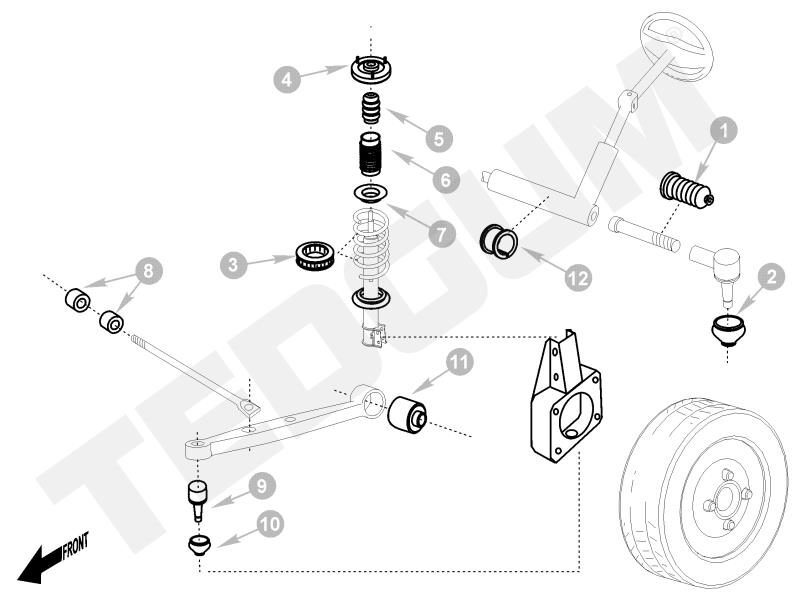
Front suspension (1980-03-01 -> 2004-07-31) 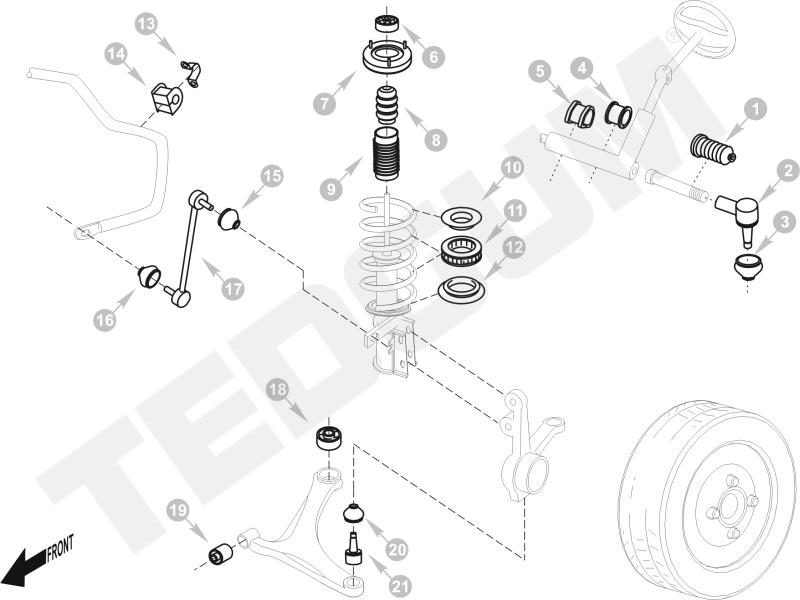
Front suspension (2003-09-01 -> 2012-02-01) 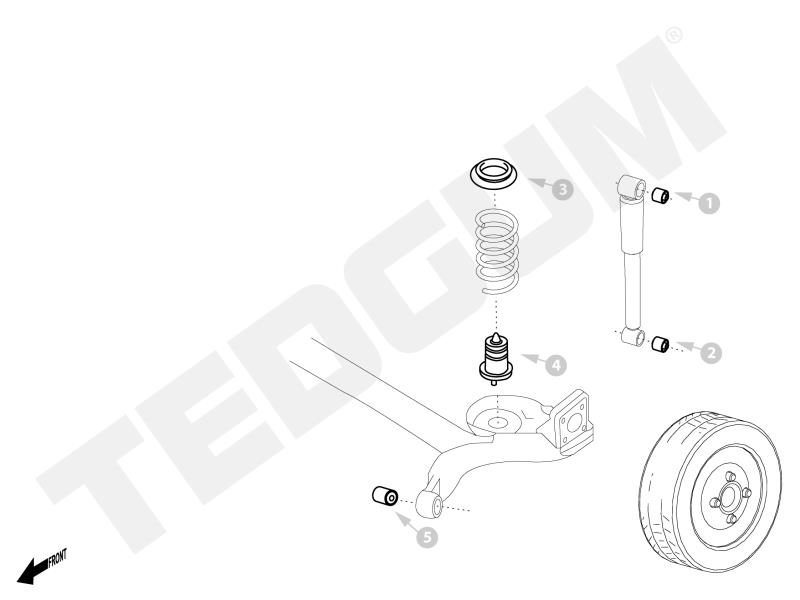
Rear suspension (2003-09-01 -> 2012-02-01) 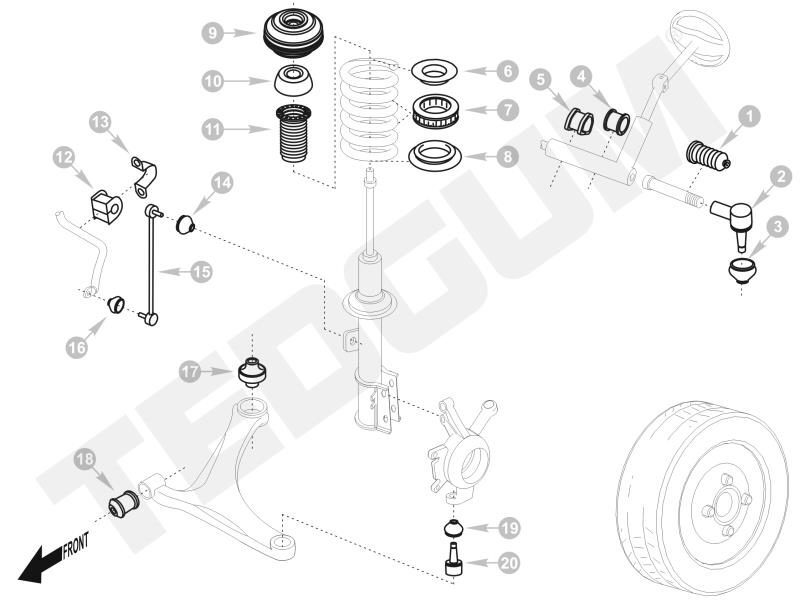
Front suspension (2012-02-01 -> ) 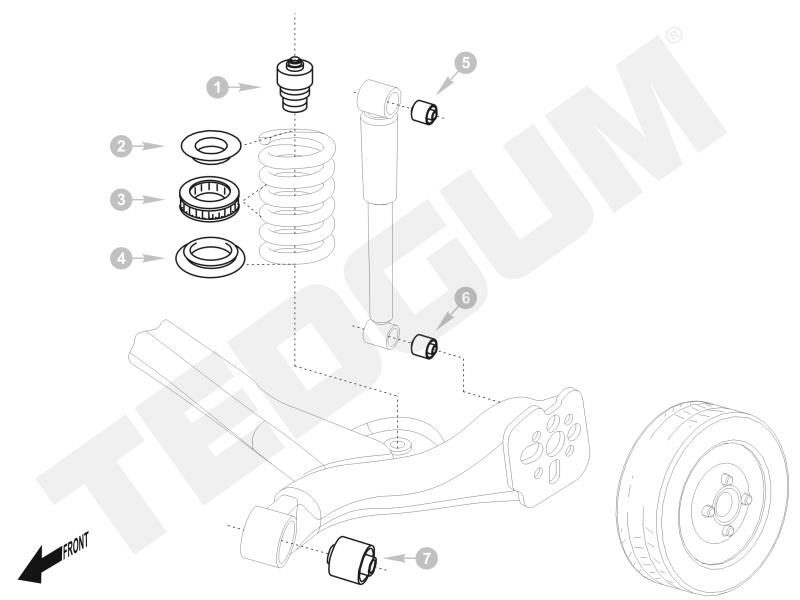
Rear suspension (2012-02-01 -> ) 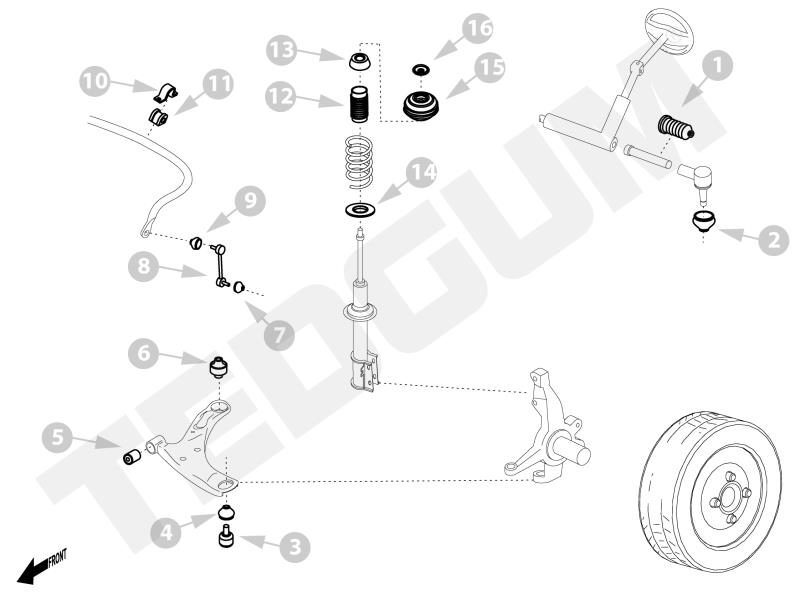
Front suspension in 4×4 version (2012-06-01 -> ) 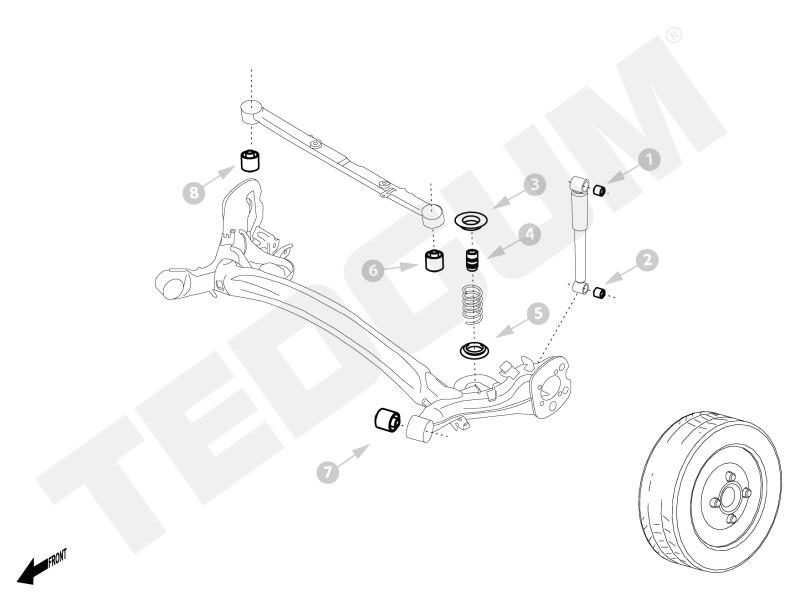
Rear suspension in 4×4 version (2012-02-01 -> )

